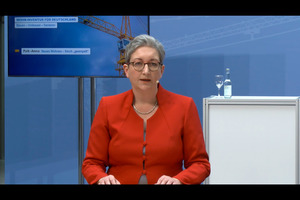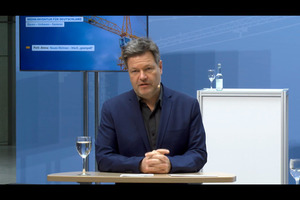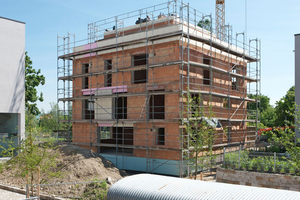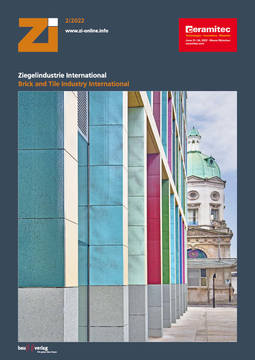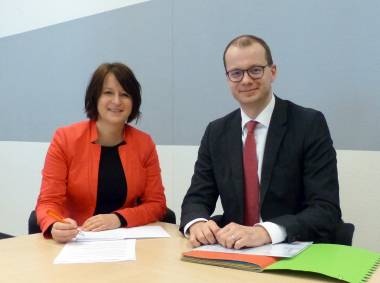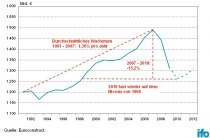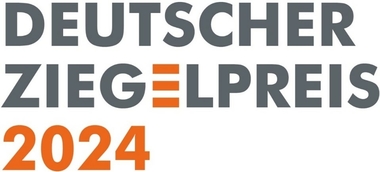Study: 4.3 million new homes possible with building conversions
400 000 new homes are to be built over this and the next three years in Germany – every fourth one of these will be social housing. This is the target of Germany’s new government.
At the 13th Housing Construction Conference 2022 in Berlin in February, seven leading organizations and associations in the construction and property sector outlined a concept on how this “Herculean task for new homes” can be achieved. As an alliance of associations in housing construction, they presented a recent study conducted by the building research institute ARGE für zeitgemässes Wohnen (Working Group for Contemporary Living, Kiel). In this, the researchers are committed in the context of German government’s “mammoth housing scheme” to a mix of more newbuilds and much more conversion of existing buildings. That was – together with more climate action in housing – only possible if the government put a series of tax incentives into place, adapted kfW schemes and created new funding options.
Mix of newbuilds and rebuilds
“We can get an astonishing lot out of the existing building fabric. The potential offered solely by the conversion of existing buildings is over 4.3 mill. homes. That’s enough, in combination with the construction of completely new homes, to achieve the German government’s goal. The bonus of the conversion campaign: There is an enormous number of new homes – without the need for a single square metre of building land,” says Dietmar Walberg, the ARGE Institute Director.
Walberg sees a huge opportunity in the conversion of offices that, after the Covid phase, are no longer needed because home officing has become established. Around 1.9 mill. new homes could be created as a result. And that at relatively low cost: The conversion of offices costs just under 1300 euros per square metre of living space. For comparison, the figure for newbuilds is more than 3400 euros. According to the study, heightening buildings built in the post-war era up to the end of the 1990s also offered enormous potential: Around 1.5 million new homes were possible by adding storeys on top of these buildings. And that for costs of less than 2500 euros per square metre.
On top of this came another around 560 000 homes that could be created by heightening administrative buildings and office complexes. Moreover, storeys built on top of supermarkets, discount stores, shopping malls and carparks offered a chance to add around 420 000 new homes – mostly in attractive city locations.
Roadmap to climate neutrality for homes
Above all, the housing construction study provides a roadmap showing how homes can become climate-neutral: The researchers are committed to more energy-saving refurbishment for the 19.3 mill. residential buildings in Germany. They are calling for turbo-acceleration here: in terms of figures, in future every 55th existing building is to be fully energetically modernized per year. Up until now, this figure has only been every hundredth residential building. Accordingly, the annual refurbishment rate would increase from 1.0 percent at present to 1.8 percent.
With regard to modernization for the purpose of climate action, however, the ARGE researchers demand that the costs and benefits be weighed up carefully to ensure that homes do not become disproportionately expensive. Consequently, for the energetic refurbishment of buildings, they favour the Efficiency House 115 standard. A fully refurbished older building would then get as close as being just 15 percent short of a newbuild compliant with standards prescribed in Germany’s Buildings Energy Act (GEG). For future newbuilds, the study recommends Efficiency House 70. After all, for newbuilds, just as for modernization, it was necessary to keep an eye on resources – and especially skilled professionals and government funding, too. Both are in short supply. And here Efficiency Levels 115 (existing homes) and 70 (newbuilds) were a “workable middle course”, says the ARGE.
In the study, the annual costs for energy-saving modernization recommended by the ARGE tot up to 150 billion euros per year – 3.6 trillion euros up to 2045. By then Germany should be living in “climate-neutral” homes. Without additional green energy for heating and for power, that, however, wouldn’t work, says ARGE. And to launch the energy-saving campaign for existing homes in the first place, the government had to offer incentives for modernization: at least 30 billion euros in funding per year were necessary for this, that is the recommendation in the study.
If policymakers raised the energy-saving bar even higher, then the costs and necessary funding would be enormously higher. To get an existing detached or semi-detached home to the level of the KfW Efficiency House 115, the study specifies costs between 660 and 1 070 euros per square metre living space. In contrast, the Efficiency House 40 would cost at least 50 percent more – the peak would even be just under 1 600 euros per square metre. Walberg talks here about “misguided investment of euros”. The basic premise is: For newbuilds, higher standards are easier to achieve than for existing buildings.
Pent-up demand for age-appropriate rebuilds
The study goes on to say that there was a considerable backlog with regard to age-appropriate conversions. Only every twelfth senior citizen household lived in a home with no or only few barriers. To modernize more homes to make them suitable for senior citizens, the government would have to offer funding of 3 billion euros per year – to combat a growing shortage of “silver housing” for senior citizens. The problem would become more pressing at the latest when the generation of baby boomers retired.
The ARGE’s “housing stocktake” has another outcome: If more climate action and senior homes have to come, then there will also be more houses for which modernization will no longer be technically and economically worth it. Almost every tenth existing home – predominantly houses from the post-war era – would have to be demolished and replaced by a newbuild at the same site, say the researchers. For substitute buildings, investments up to 40 bill. euros per year were necessary.

